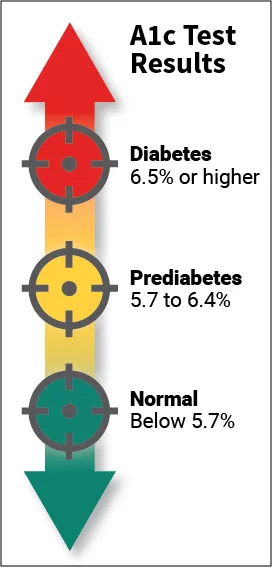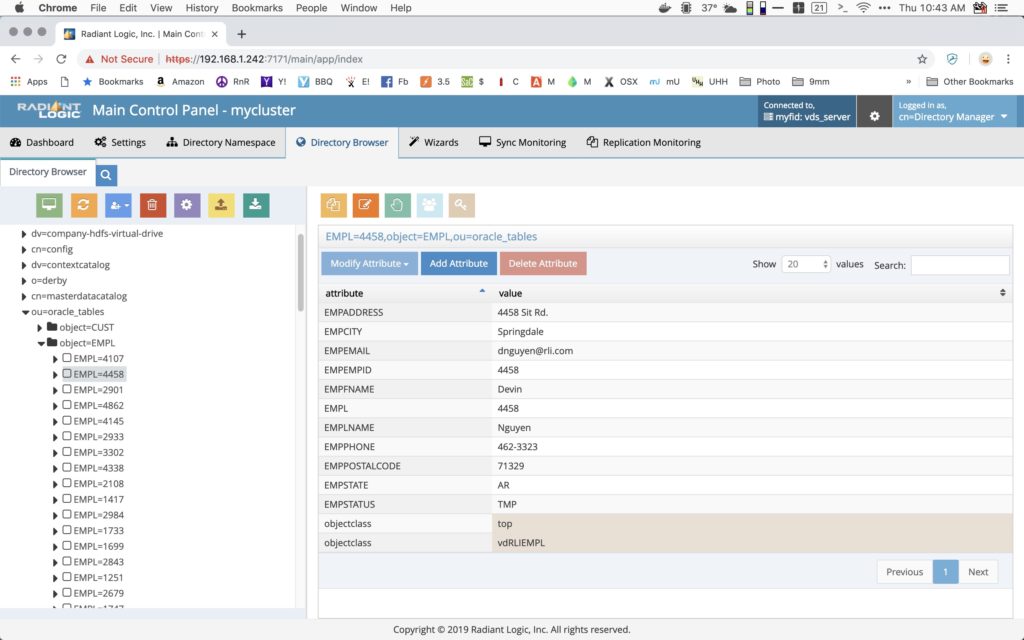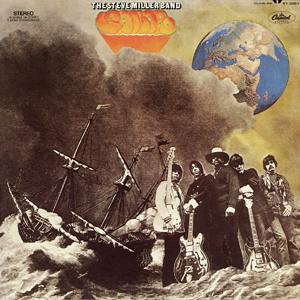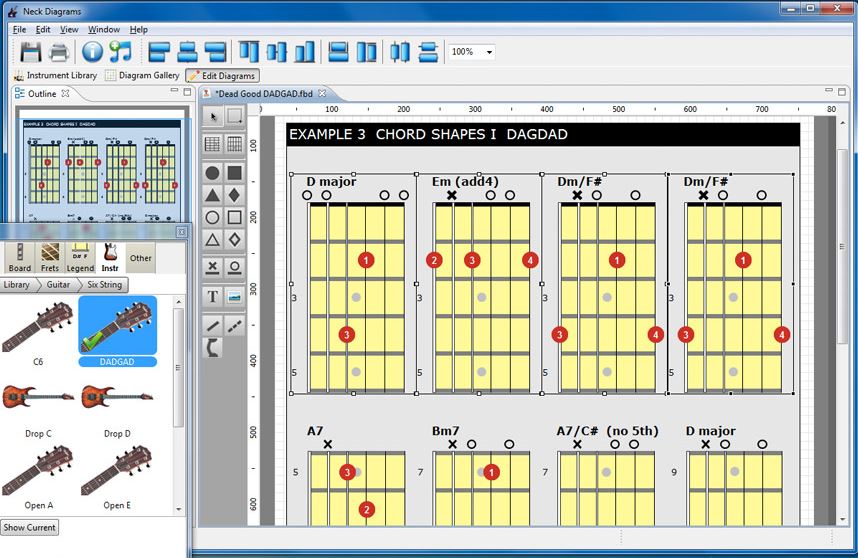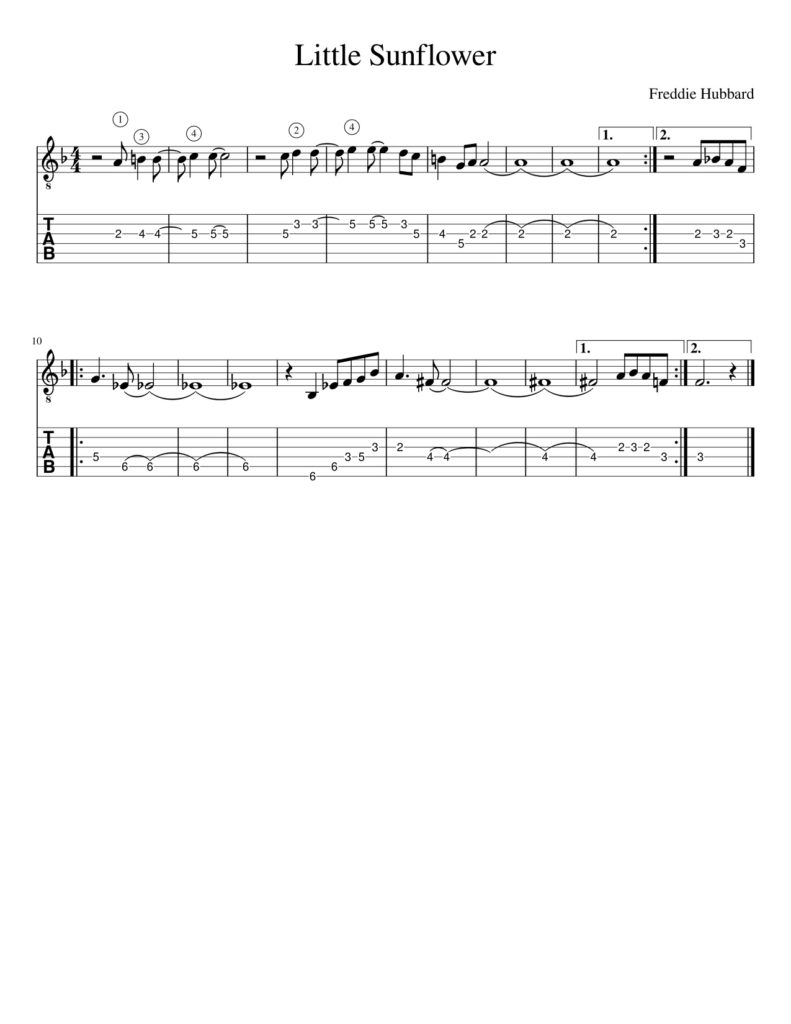The past month has been one long read-and-research experience. Along with my learning about diabetes, I’ve been undertaking dietary and fitness changes in an effort to reverse the diagnosis. Considering I feel great, it’s hard sometimes to realize that I’m now dealing with a life-threatening condition that affects every part of my body.
Information on reversing Type 2 diabetes seems to be everywhere, and there’s a lot of agreement (except on the part of the established medical community, ironically) that it can be done. It’s the “how” that differs from viewpoint to viewpoint.
Most superficial descriptions of diabetes rely on the translation of the term, “diabetes mellitis,” which means in essence, “sugar urine.” In other words, too much sugar in the blood.
It now seems to me, based on my reading, that high blood sugar is a symptom of diabetes. The underlying cause is insulin. Lack of it (Type 1) or too much of it (Type 2). Even that is a bit of an oversimplification. But consider: if you are running a fever, do you treat the fever or the underlying cause of it? This is to me, the heart of the matter.
My doctor hypothesized I might be “insulin resistant.” This term could be taken one of two ways: either the cells that are to receive the glucose the insulin is trying to deliver to them are refusing it, or there is simply too much insulin in the system. Either way, the high blood sugar is the result of insulin trying to “force” glucose into cells that are already filled with it, thereby refusing it. Dr. Jason Fung has a great analogy for this in his book, The Diabetes Code.

Well, my self-treatment has been going very well. At least peripherally. I discarded all the processed foods in my pantry, eschewed all “white” foods (potatoes, pasta, breads, sugar, etc.) and went more and more to a Keto diet, with intermittent fasting. In four weeks my blood glucose readings have been trending down (the two outlyers are post-pho lunch. Sadly, it looks like I need to eliminate that from my diet.

But, as I mentioned earlier, blood glucose is only part of the story. It’s possible to have a good blood sugar reading and still have insulin resistance.
And that’s when I decided to get serious.
Last night I watched a webinar. As with most “snake oil” presentations, I was very skeptical. But it was compelling, and a 100% guarantee was offered. I went to investigate further today, and saw another webinar was scheduled to start in just moments. So, I pulled out some earbuds, plugged in, and spent another 90 minutes watching and learning.
Much of what was presented was in line with what I’d already read and learned. I decided that since I was getting a modest tax refund (and more importantly — this is my LIFE I’m talking about), I’d spring for a year-long program.
I am now a member of Mastering Diabetes, an online coaching, teaching and support system. It’s a structured approach, and the results are promised to be evident almost immediately. I’ve seen dramatic improvement doing it myself for four weeks, so I think a systemic approach may be even better. Stay tuned…






